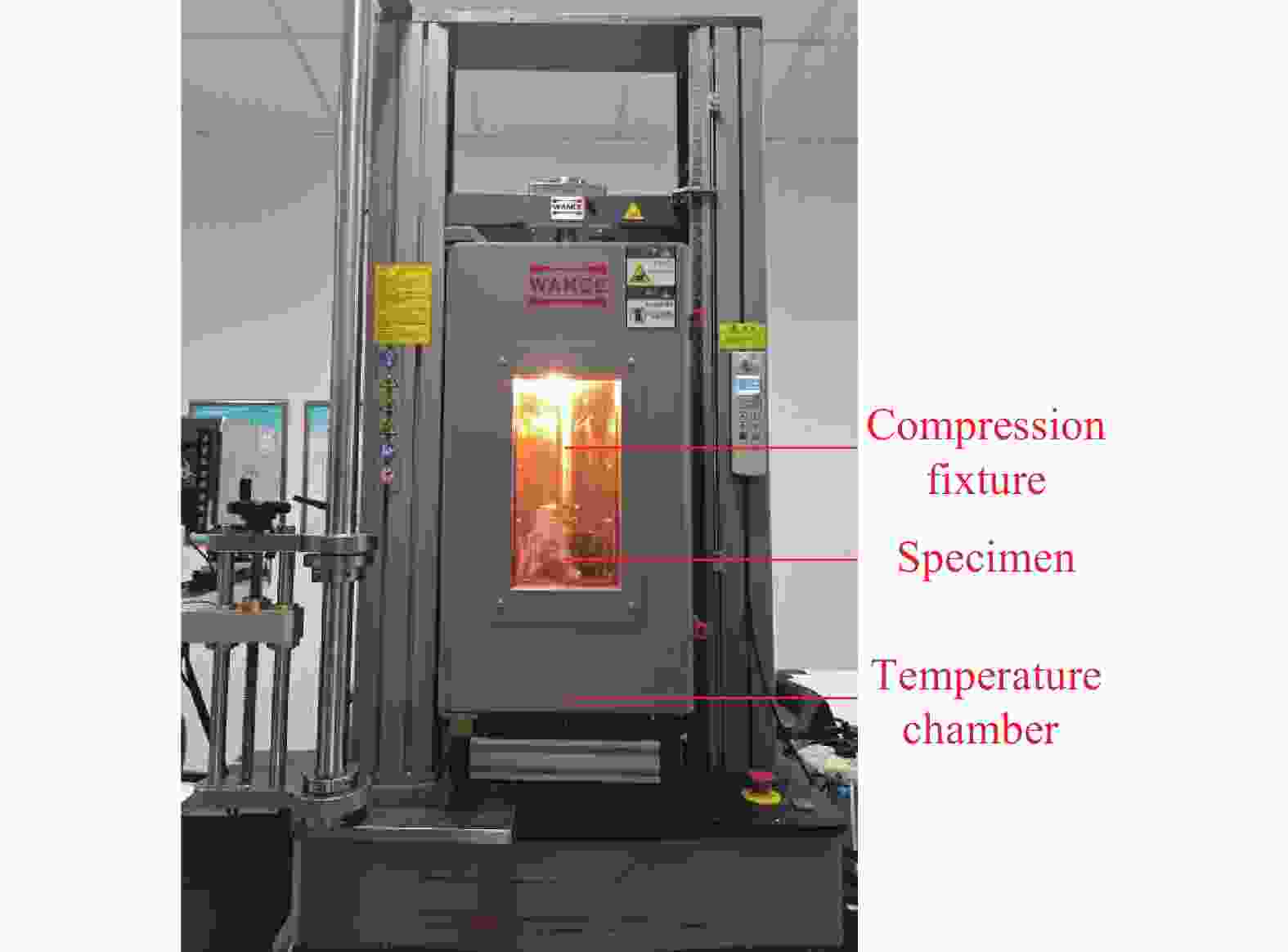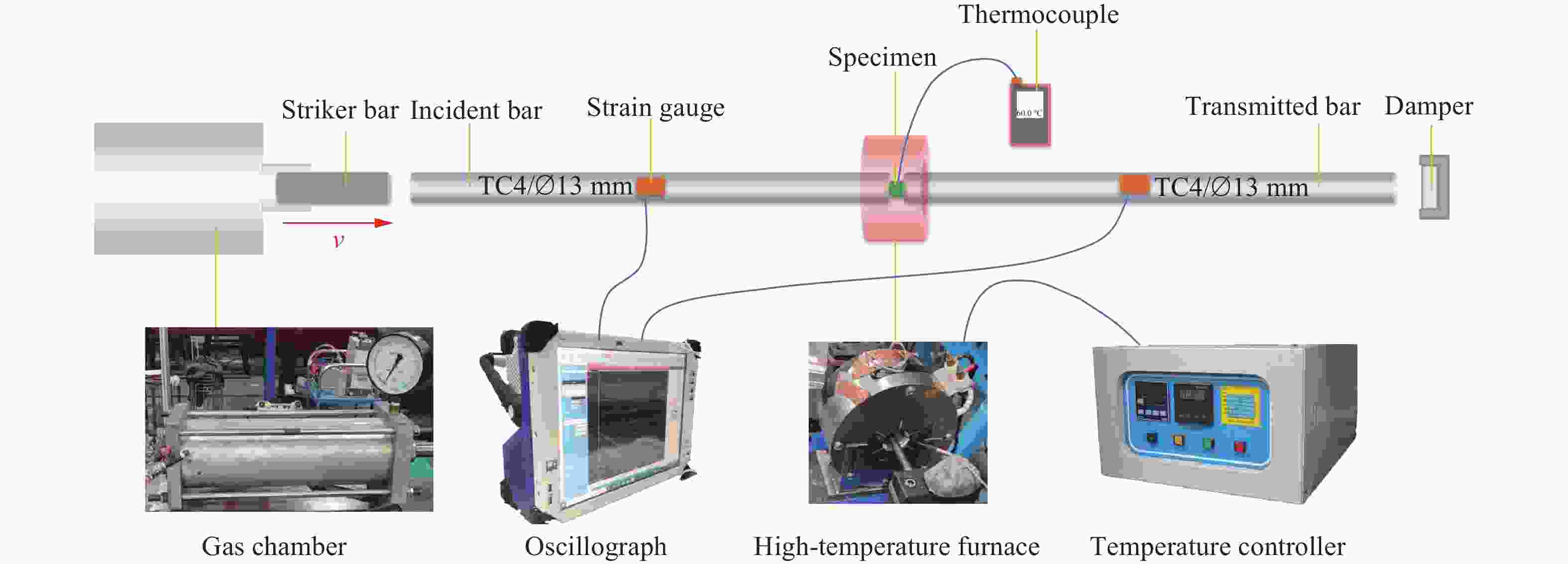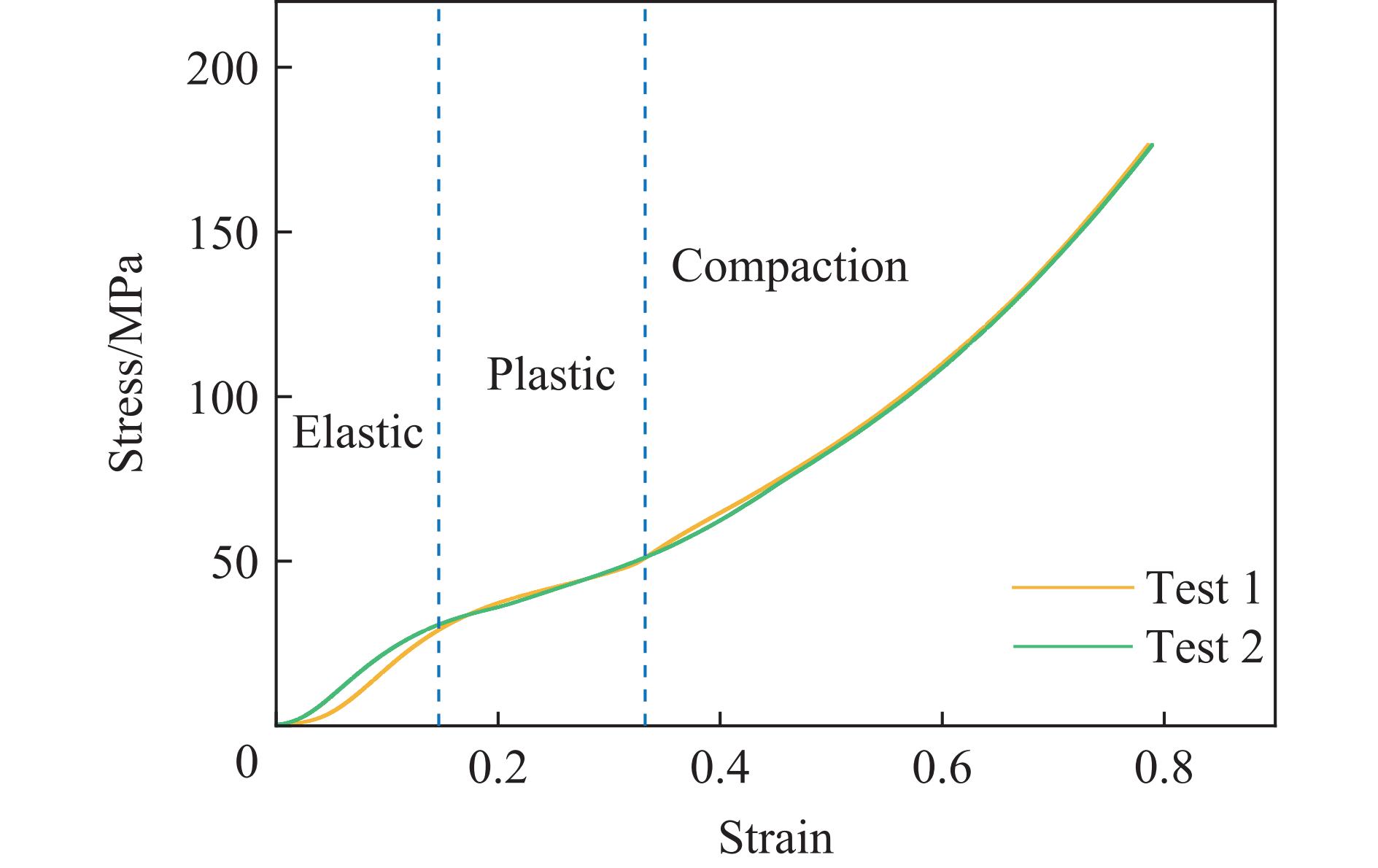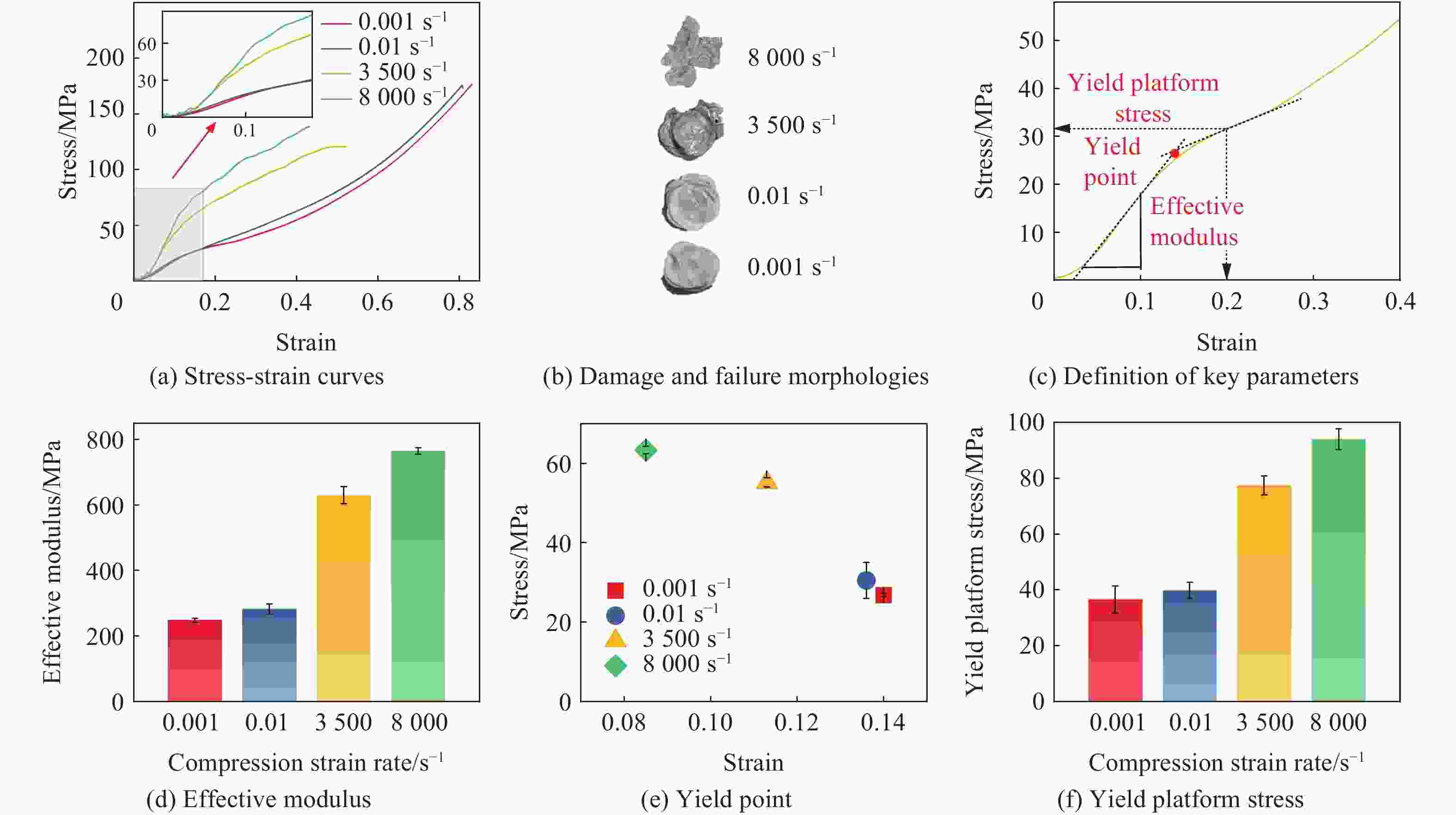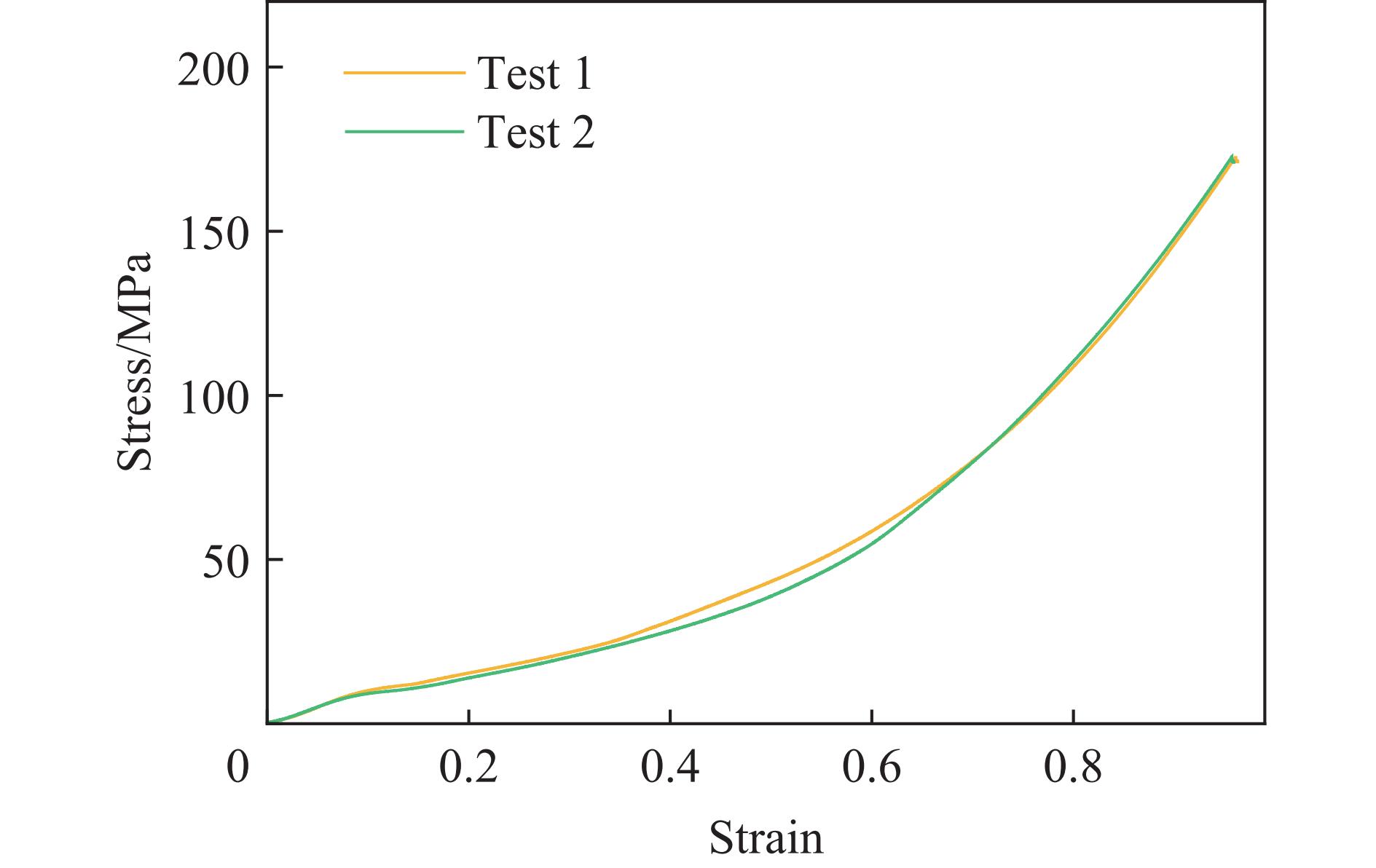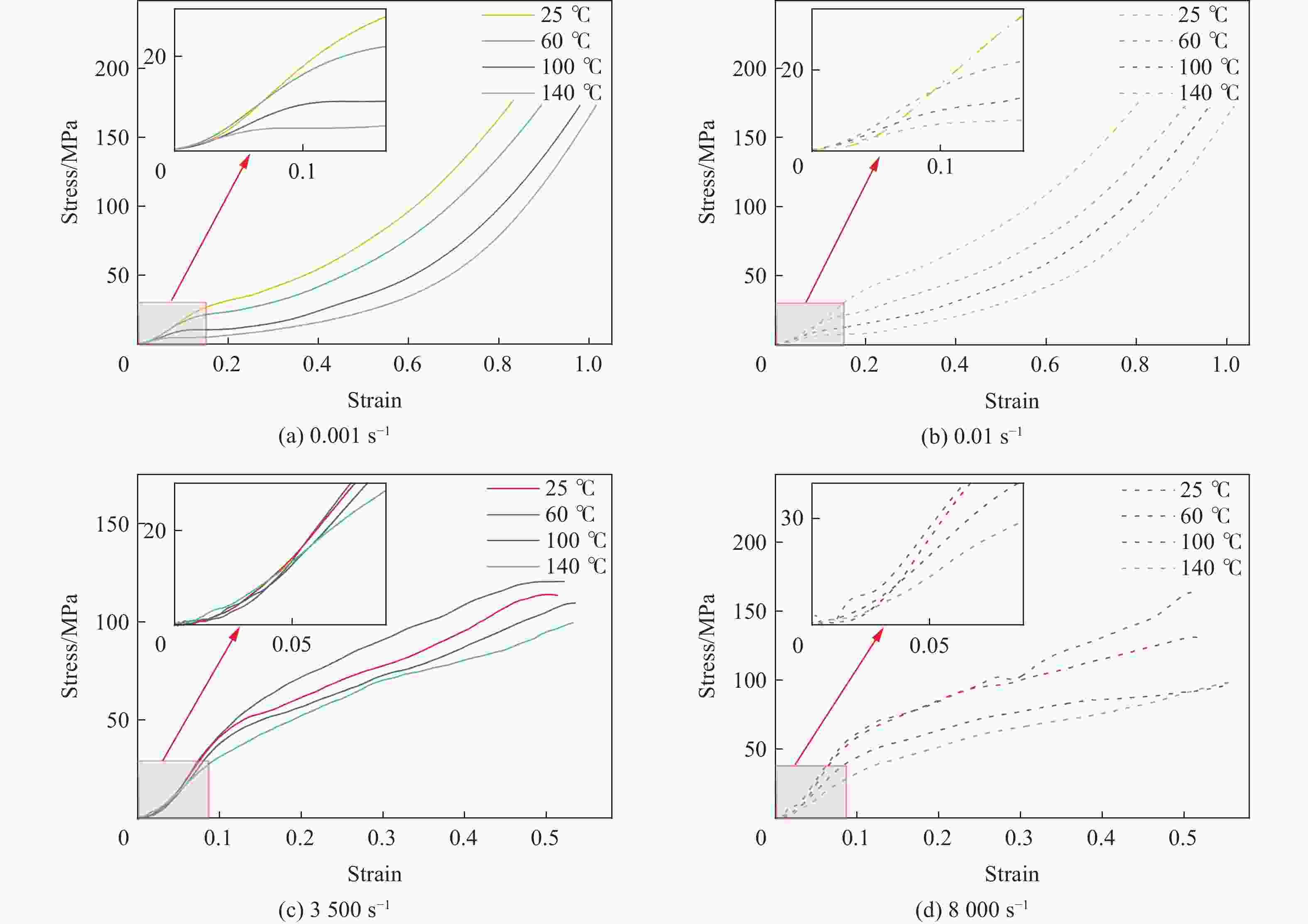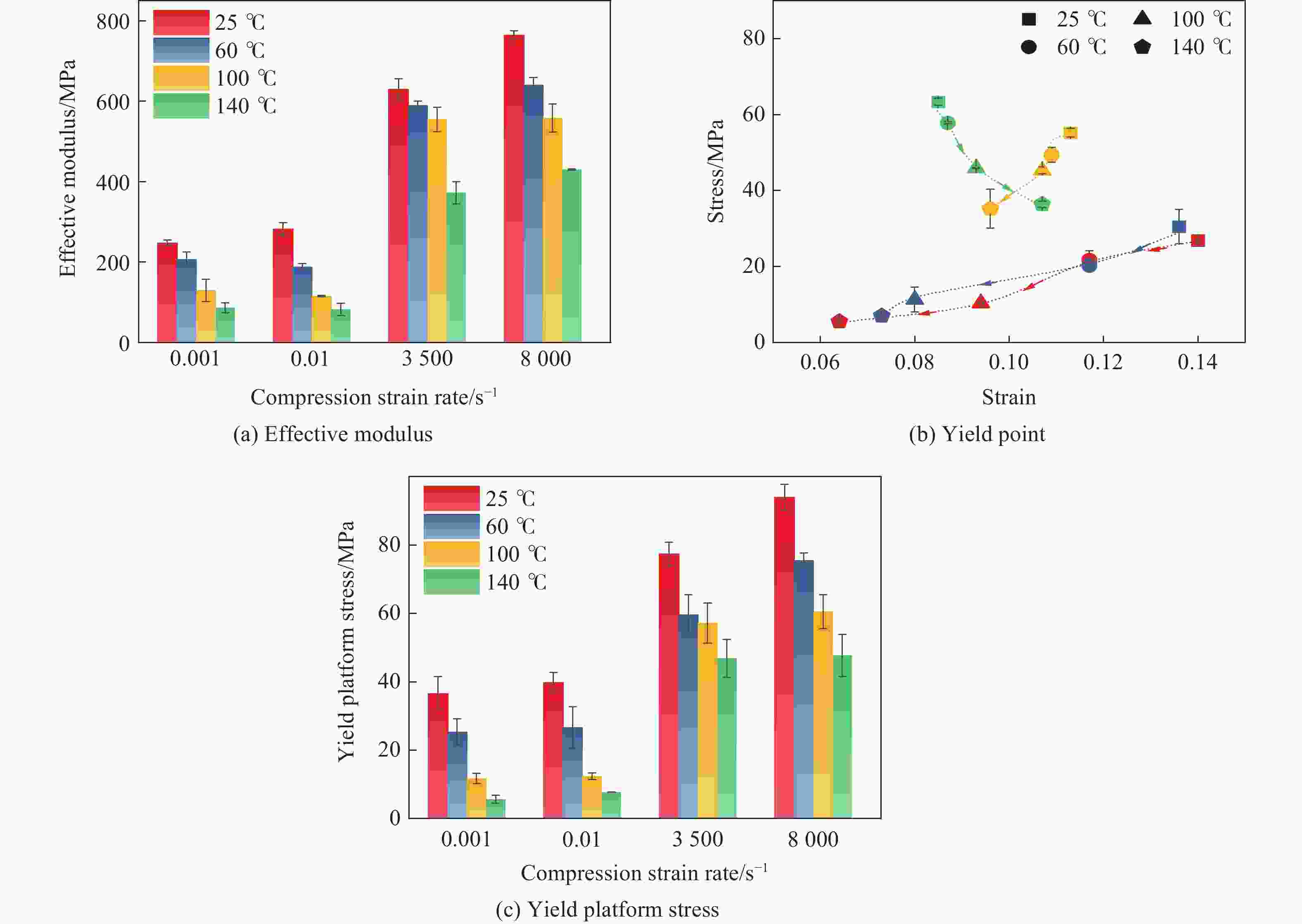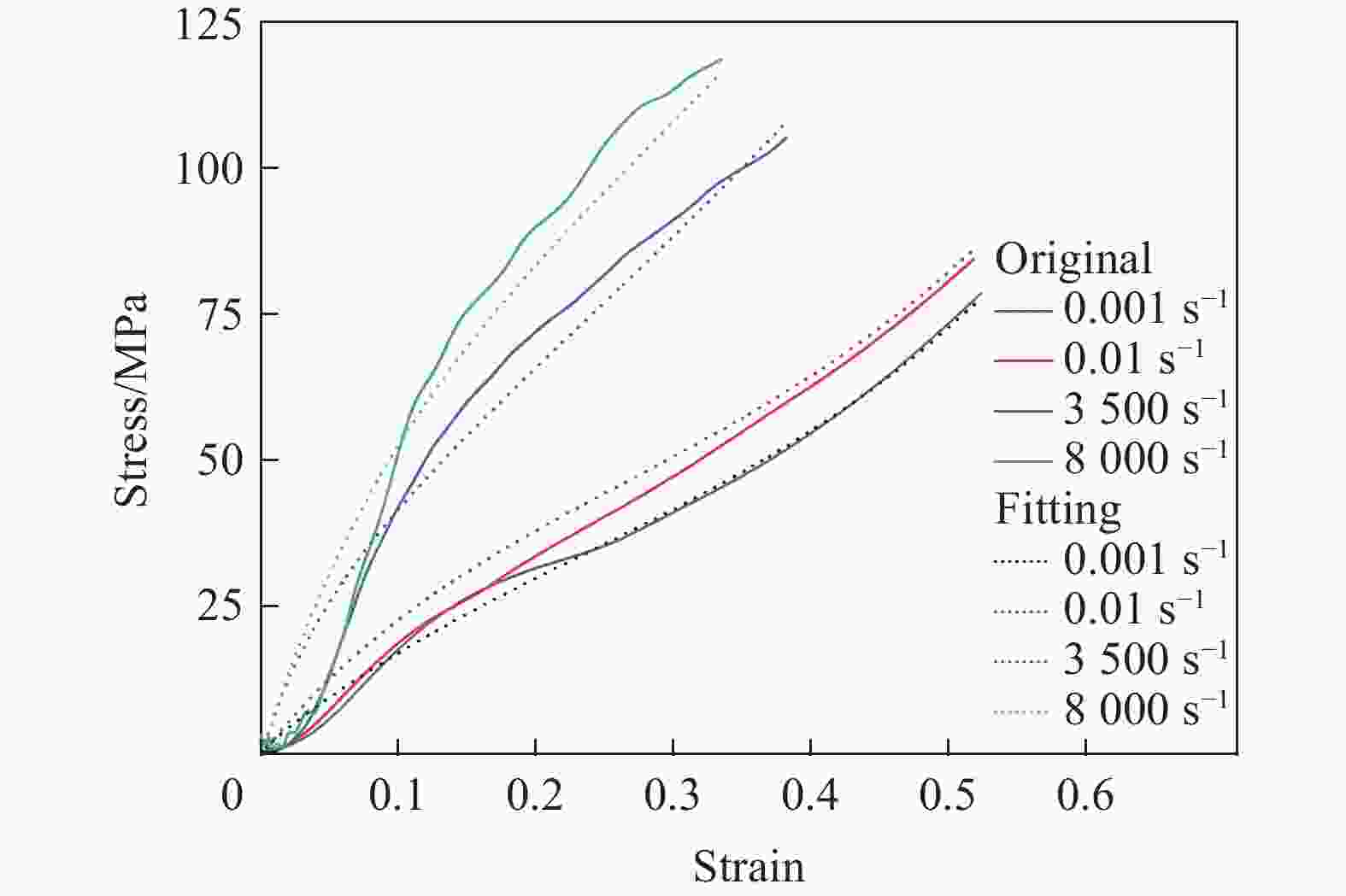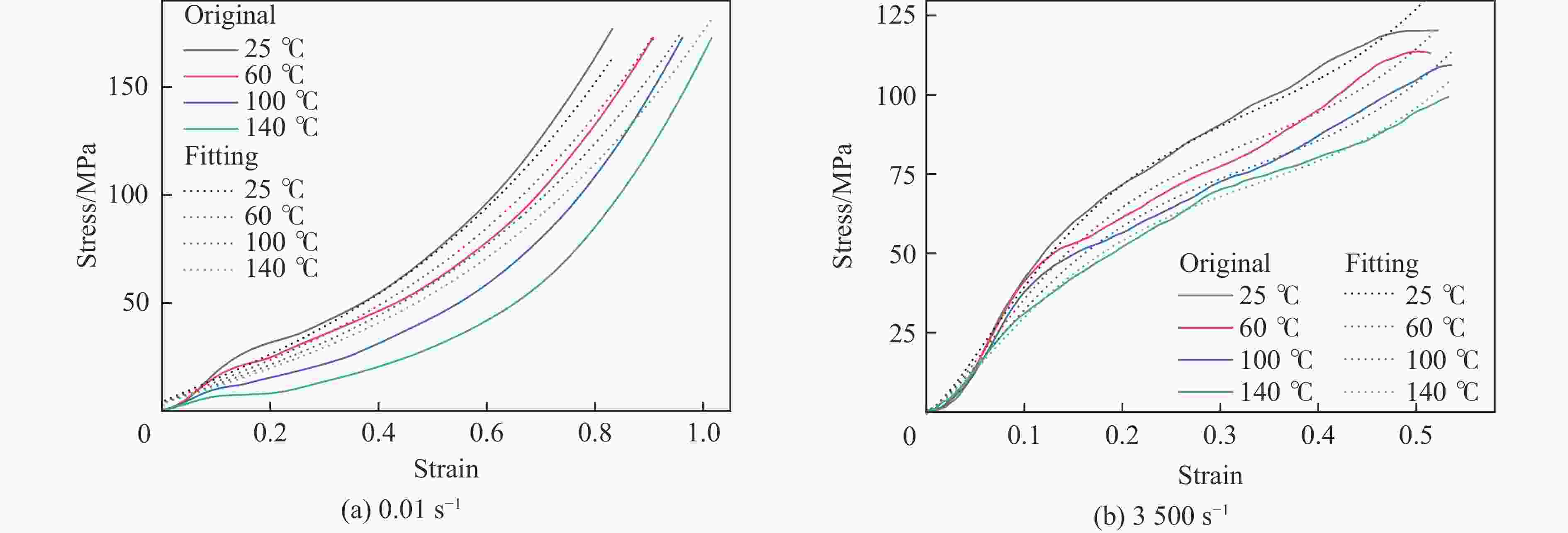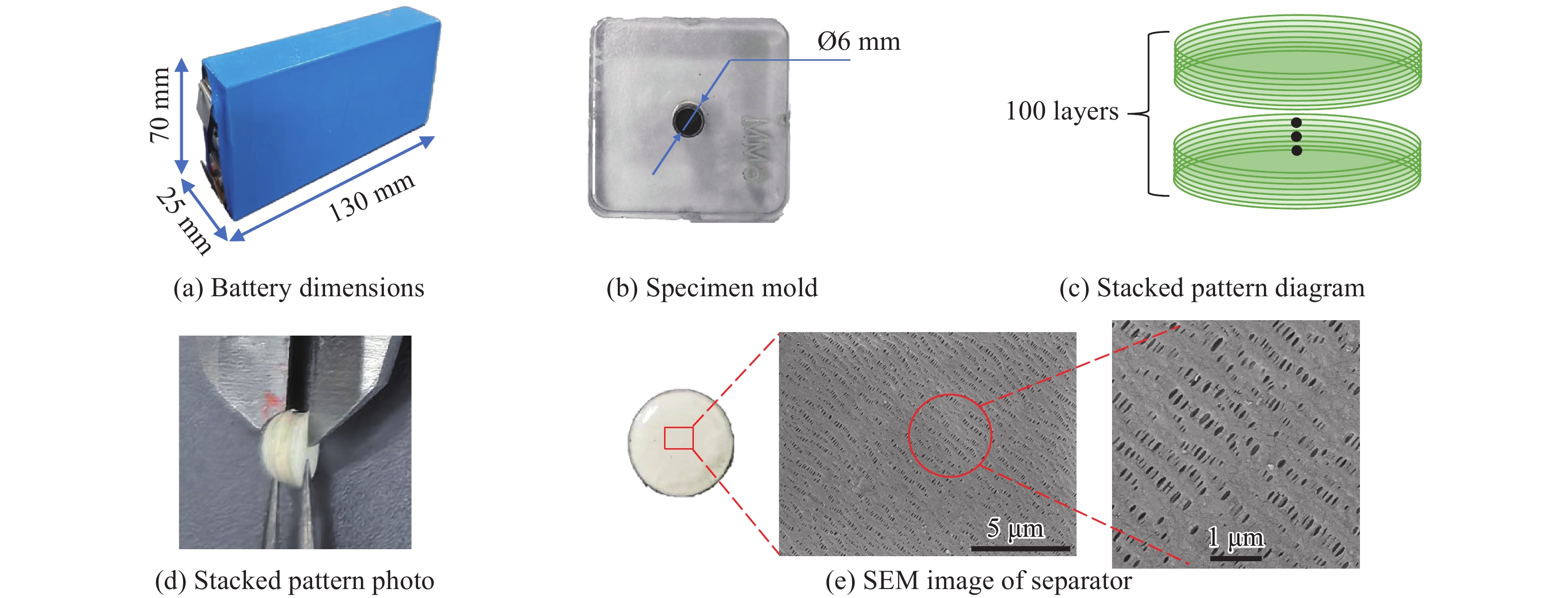| [1] |
ZHANG J N, ZHANG L, SUN F C, et al. An overview on thermal safety issues of lithium-ion batteries for electric vehicle application [J]. IEEE Access, 2018, 6: 23848–23863. DOI: 10.1109/ACCESS.2018.2824838.
|
| [2] |
李红刚, 张超, 曹俊超, 等. 锂离子电池碰撞安全仿真方法的研究进展与展望 [J]. 机械工程学报, 2022, 58(24): 121–144. DOI: 10.3901/JME.2022.24.121.LI H G, ZHANG C, CAO J C, et al. Advances and perspectives on modeling methods for collision safety of lithium-ion batteries [J]. Journal of Mechanical Engineering, 2022, 58(24): 121–144. DOI: 10.3901/JME.2022.24.121.
|
| [3] |
朱晓庆, 王震坡, WANG H, 等. 锂离子动力电池热失控与安全管理研究综述 [J]. 机械工程学报, 2020, 56(14): 91–118. DOI: 10.3901/JME.2020.14.091.ZHU X Q, WANG Z P, WANG H, et al. Review of thermal runaway and safety management for lithium-ion traction batteries in electric vehicles [J]. Journal of Mechanical Engineering, 2020, 56(14): 91–118. DOI: 10.3901/JME.2020.14.091.
|
| [4] |
LIU B H, JIA Y K, YUAN C H, et al. Safety issues and mechanisms of lithium-ion battery cell upon mechanical abusive loading: a review [J]. Energy Storage Materials, 2020, 24: 85–112. DOI: 10.1016/j.ensm.2019.06.036.
|
| [5] |
LI H G, LIU B H, ZHOU D, et al. Coupled mechanical-electrochemical-thermal study on the short-circuit mechanism of lithium-ion batteries under mechanical abuse [J]. Journal of the Electrochemical Society, 2020, 167(12): 120501. DOI: 10.1149/1945-7111/aba96f.
|
| [6] |
GAINES L, CUENCA R. Costs of lithium-ion batteries for vehicles [R]. USA: Argonne National Laboratory, 2000: 73. DOI: 10.2172/761281.
|
| [7] |
LOVE C T. Thermomechanical analysis and durability of commercial micro-porous polymer Li-ion battery separators [J]. Journal of Power Sources, 2011, 196(5): 2905–2912. DOI: 10.1016/j.jpowsour.2010.10.083.
|
| [8] |
ZHANG C, XU J, CAO L, et al. Constitutive behavior and progressive mechanical failure of electrodes in lithium-ion batteries [J]. Journal of Power Sources, 2017, 357: 126–137. DOI: 10.1016/j.jpowsour.2017.04.103.
|
| [9] |
WANG L B, YIN S, ZHANG C, et al. Mechanical characterization and modeling for anodes and cathodes in lithium-ion batteries [J]. Journal of Power Sources, 2018, 392: 265–273. DOI: 10.1016/j.jpowsour.2018.05.007.
|
| [10] |
JI Y P, CHEN X P, WANG T, et al. Coupled effects of charge-discharge cycles and rates on the mechanical behavior of electrodes in lithium-ion batteries [J]. Journal of Energy Storage, 2020, 30: 101577. DOI: 10.1016/j.est.2020.101577.
|
| [11] |
ZHU J E, LI W, XIA Y, et al. Testing and modeling the mechanical properties of the granular materials of graphite anode [J]. Journal of the Electrochemical Society, 2018, 165(5): A1160–A1168. DOI: 10.1149/2.0141807jes.
|
| [12] |
FADILLAH H, SANTOSA S P, GUNAWAN L, et al. Dynamic high strain rate characterization of lithium-ion nickel-cobalt-aluminum (NCA) battery using split Hopkinson tensile/pressure bar methodology [J]. Energies, 2020, 13(19): 5061. DOI: 10.3390/en13195061.
|
| [13] |
WANG L B, YIN S, YU Z X, et al. Unlocking the significant role of shell material for lithium-ion battery safety [J]. Materials and Design, 2018, 160: 601–610. DOI: 10.1016/j.matdes.2018.10.002.
|
| [14] |
KALNAUS S, KUMAR A, WANG Y L, et al. Strain distribution and failure mode of polymer separators for Li-ion batteries under biaxial loading [J]. Journal of Power Sources, 2018, 378: 139–145. DOI: 10.1016/j.jpowsour.2017.12.029.
|
| [15] |
XU J, WANG L B, GUAN J, et al. Coupled effect of strain rate and solvent on dynamic mechanical behaviors of separators in lithium ion batteries [J]. Materials and Design, 2016, 95: 319–328. DOI: 10.1016/j.matdes.2016.01.082.
|
| [16] |
SHEIDAEI A, XIAO X R, HUANG X S, et al. Mechanical behavior of a battery separator in electrolyte solutions [J]. Journal of Power Sources, 2011, 196(20): 8728–8734. DOI: 10.1016/j.jpowsour.2011.06.026.
|
| [17] |
KALNAUS S, WANG H, WATKINS T R, et al. Features of mechanical behavior of EV battery modules under high deformation rate [J]. Extreme Mechanics Letters, 2019, 32: 100550. DOI: 10.1016/j.eml.2019.100550.
|
| [18] |
ZHU J E, LUO H L, LI W, et al. Mechanism of strengthening of battery resistance under dynamic loading [J]. International Journal of Impact Engineering, 2019, 131: 78–84. DOI: 10.1016/j.ijimpeng.2019.05.003.
|
| [19] |
ZHU J E, ZHANG X W, LUO H L, et al. Investigation of the deformation mechanisms of lithium-ion battery components using in-situ micro tests [J]. Applied Energy, 2018, 224: 251–266. DOI: 10.1016/j.apenergy.2018.05.007.
|
| [20] |
CANNARELLA J, ARNOLD C B. Ion transport restriction in mechanically strained separator membranes [J]. Journal of Power Sources, 2013, 226: 149–155. DOI: 10.1016/j.jpowsour.2012.10.093.
|
| [21] |
KALNAUS S, WANG Y L, LI J L, et al. Temperature and strain rate dependent behavior of polymer separator for Li-ion batteries [J]. Extreme Mechanics Letters, 2018, 20: 73–80. DOI: 10.1016/j.eml.2018.01.006.
|
| [22] |
AVDEEV I, MARTINSEN M, FRANCIS A. Rate-and temperature-dependent material behavior of a multilayer polymer battery separator [J]. Journal of Materials Engineering and Performance, 2014, 23(1): 315–325. DOI: 10.1007/s11665-013-0743-4.
|
| [23] |
LI H G, GU J H, ZHOU D, et al. Rate-dependent damage and failure behavior of lithium-ion battery electrodes [J]. Engineering Fracture Mechanics, 2024, 303: 110143. DOI: 10.1016/j.engfracmech.2024.110143.
|
| [24] |
LI H G, GU J H, PAN Y J, et al. On the strain rate-dependent mechanical behavior of PE separator for lithium-ion batteries [J]. International Journal of Impact Engineering, 2024, 194: 105079. DOI: 10.1016/j.ijimpeng.2024.105079.
|
| [25] |
MIAO Y G, DU B, MA C B, et al. Some fundamental problems concerning the measurement accuracy of the Hopkinson tension bar technique [J]. Measurement Science and Technology, 2019, 30(5): 055009. DOI: 10.1088/1361-6501/ab01b5.
|
| [26] |
SIVIOUR C R, JORDAN J L. High strain rate mechanics of polymers: a review [J]. Journal of Dynamic Behavior of Materials, 2016, 2(1): 15–32. DOI: 10.1007/s40870-016-0052-8.
|
| [27] |
CANNARELLA J, LIU X Y, LENG C Z, et al. Mechanical properties of a battery separator under compression and tension [J]. Journal of the Electrochemical Society, 2014, 161(11): F3117–F3122. DOI: 10.1149/2.0191411jes.
|
| [28] |
DING L, LI D D, DU F H, et al. Mechanical behaviors and ion transport variation of lithium-ion battery separators under various compression conditions [J]. Journal of Power Sources, 2022, 543: 231838. DOI: 10.1016/j.jpowsour.2022.231838.
|
| [29] |
RICHETON J, AHZI S, VECCHIO K S, et al. Influence of temperature and strain rate on the mechanical behavior of three amorphous polymers: characterization and modeling of the compressive yield stress [J]. International journal of solids and structures, 2006, 43(7/8): 2318–2335. DOI: 10.1016/j.ijsolstr.2005.06.040.
|
| [30] |
ARRUDA E M, BOYCE M C, JAYACHANDRAN R. Effects of strain rate, temperature and thermomechanical coupling on the finite strain deformation of glassy polymers [J]. Mechanics of Materials, 1995, 19(2/3): 193–212. DOI: 10.1016/0167-6636(94)00034-e.
|
| [31] |
ZHOU D, LI H G, LI Z H, et al. Toward the performance evolution of lithium-ion battery upon impact loading [J]. Electrochimica Acta, 2022, 432: 141192. DOI: 10.1016/j.electacta.2022.141192.
|
| [32] |
LI H G, ZHOU D, ZHANG M H, et al. Multi-field interpretation of internal short circuit and thermal runaway behavior for lithium-ion batteries under mechanical abuse [J]. Energy, 2023, 263: 126027. DOI: 10.1016/j.energy.2022.126027.
|
| [33] |
WANG L L, LABIBES K, AZARI Z, et al. Generalization of split Hopkinson bar technique to use viscoelastic bars [J]. International Journal of Impact Engineering, 1994, 15(5): 669–686. DOI: 10.1016/0734-743x(94)90166-i.
|
| [34] |
YANG L M, WANG L L, ZHU Z X. A micromechanical analysis of the nonlinear elastic and viscoelastic constitutive relation of a polymer filled with rigid particles [J]. Acta Mechanica Sinica, 1994, 10(2): 176–185. DOI: 10.1007/bf02486588.
|
| [35] |
王哲君, 强洪夫, 王广, 等. 中应变率下HTPB推进剂压缩力学性能和本构模型研究 [J]. 推进技术, 2016, 37(4): 776–782. DOI: 10.13675/j.cnki.tjjs.2016.04.023.WANG Z J, QIANG H F, WANG G, et al. Mechanical properties and constitutive model for HTPB propellant under intermediate strain rate compression [J]. Journal of Propulsion Technology, 2016, 37(4): 776–782. DOI: 10.13675/j.cnki.tjjs.2016.04.023.
|






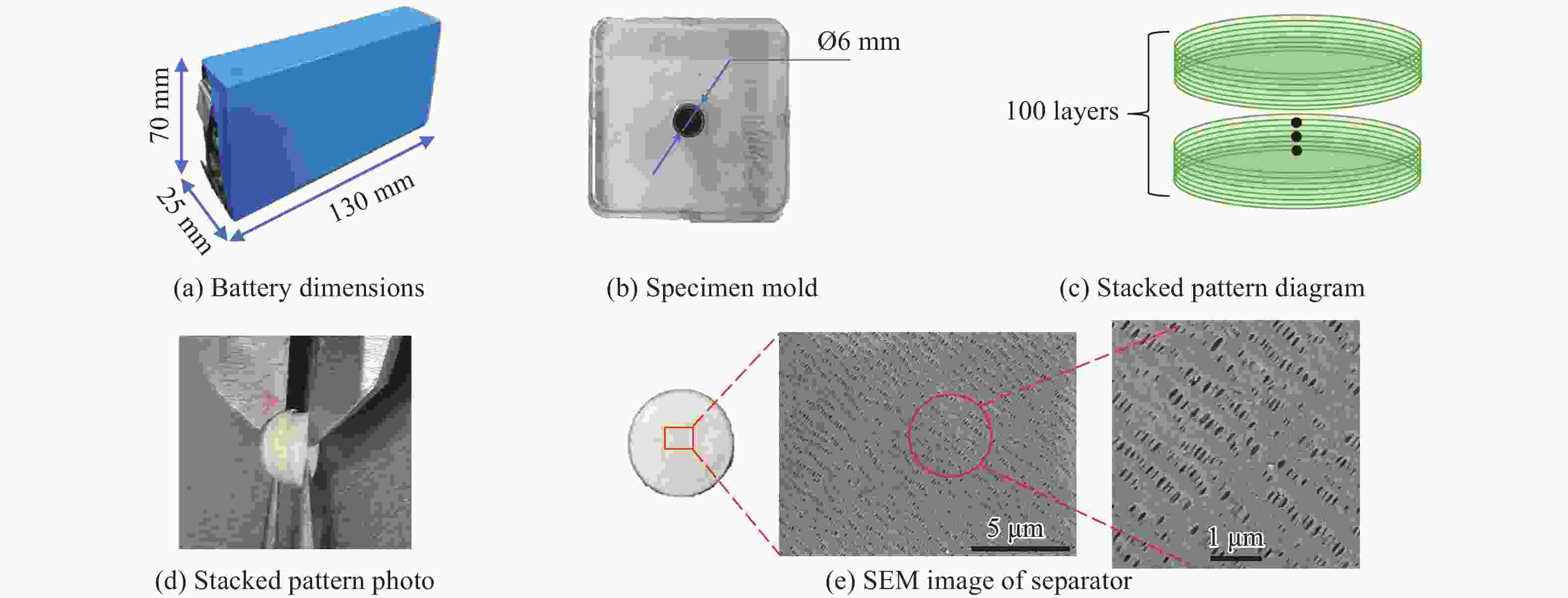
 下载:
下载:
